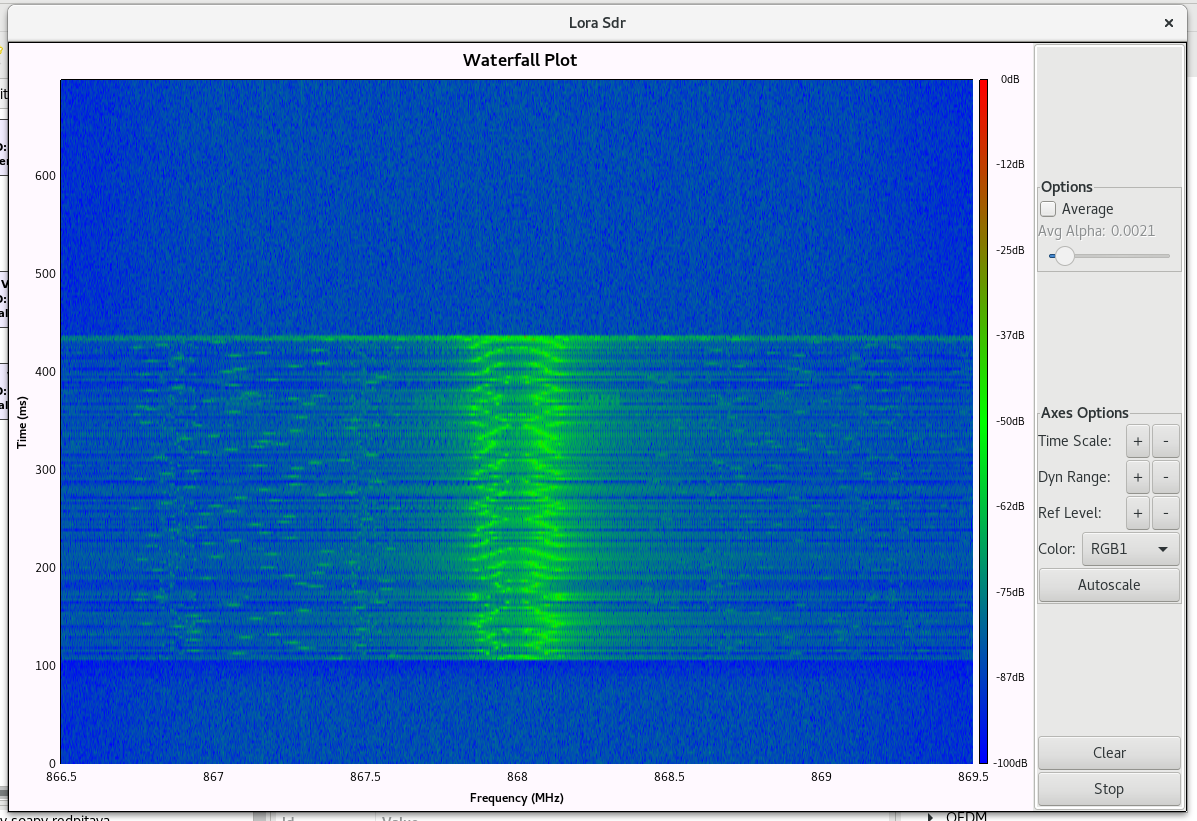Good thing that there already is a CS. One less thing to consider.
I was thinking I need only signed 16 bit integer, that would give a range of +/-32767, perhaps CBOR can handle positive and negative whole number at least?
Perhaps I need to deal with 32 bit sensordata at some point but I think CBOR will be able to deal with that?
Thx for your input Arjan.
But maybe we wandered a bit of topic now.
I have got answers to my questions regarding SDR and also in the process verified that my first node is working as long as I have a working GW to connect to.
Is it customary to close the ticket then?
How much can we wander off topic w/o beaking the rules?
To nitpick: as long as there is a gateway in range. In WiFi you connect to a gateway, in LoRaWAN you connect to the network using any gateway that is part of that network.
Not forwarding the data to TTN makes it hard to get to the data. TTN decrypts the LoRaWAN packet for you. Also you will still be using airtime so not forwarding the data doesn’t help keeping the air ‘free’. And if you don’t forward data other users will not be able to profit from additional TTN coverage.
Thx.
Let me rephrase: have a working GW to communicate through.
Yes, you’re right!
Thx.
I’ve played around with this using an RTL-SDR USB stick which is very cheap. This picture shows the best resolution I’ve been able to get, that’s with SF12, any faster and the waterfall plot is too fast to make out anything much. I’m not sure if it would be better with a better SDR device (but they start to get expensive) or a more powerful PC that can produce the live plot faster or if I just don’t know enough about GNU Radio since this is the first and only time I’ve tried anything with it.

I’d say it is good enough to be able to see when something is being sent from the node. An SDR cannot replace a spectrum analyzer to properly measure the signal.
But as such it helped me to see that my Lora node actually sent something on the expected channels and was not broken.
Anyway I bought a proper 8 channel gateway and have succeded to get som packets through.
Very good work, I would advise you to use software like the SDRSharp that is easy to configure, in addition to improving the gain of your SDR in LoRa you can use a lamda / 2 antenna according to the frequency that LoRa works in your country.
Thx appreciate that, also thanks for your advice. I’ll look into using SDRsharp.
The antenna I got for the SDR in an Aurel GP868.
That antenna has a gain of 2 dBi, but it could be improved 4.76 to achieve with a lamda / 2
An RTL-SDR can capture enough data to demodulate a nearby LoRa transmission, the issues are:
-
it doesn’t begin to have the instantaneous dynamic range of a real LoRa receiver to be able to receive weak distant signals in the presence of strong nearby interference or noise overall
-
it doesn’t have the bandwidth to watch an entire band, especially for something like US915 where the 500 KHz wide downlink channels move in step with the uplink ones. Thus you may need to know the frequency pair that will be used in advance and pre-tune it there, fortunately people generally are debugging setups where they control the node firmware, so what it is going to do is something that can be predicted or even customized for a test. In such a bandplan you also can’t cover the uplink and downlink at the same setting.
And of course for a lot of these tests you don’t actually need to demodulate, but just see that something was there.